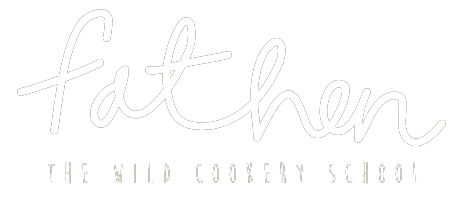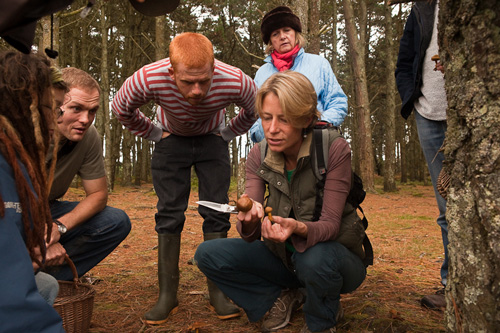Foraging for wild food is a journey of gaining knowledge and discovering nature and your place in it. It can be meditative, bountiful and incredibly satisfying.
If you’re just beginning on your foraging adventure you might be interested in these tips I’ve put together to get you started.
-
Ensure that you don’t trespass to find wild food; either get the landowner’s permission or stick to public footpaths.
-
Don’t forage alongside busy roads as exhaust fumes can laden roadside plants with heavy metals;
-
Make sure that you know how fields are managed before you forage around field edges so as to avoid pesticides and herbicides;
-
If foraging in rivers or coastal areas find out what you can about the water quality from the Environment Agency website and your local water authority. You should avoid polluted streams and sewage outfalls;
-
Be careful with waterside plants as these can be infected with liver fluke (e.g watercress – cook to kill any potential liver fluke);
-
Be aware that slow flowing and stagnant water bodies and canals can be the source of a potentially fatal bacterial infection called weils disease or leptospirosis. The bacteria are carried in rat urine and can enter the body through cuts or abrasions or through swallowing the water. This is rare but is still a possible problem on inland waterways.
-
Start foraging in your own back yard! You don’t have to travel miles to forage; you will find edible plants on your street, in your garden and in your local park.
-
Start with species that are easy to identify like elderflowers, nettles & blackberries. Once you have created some great things to eat, you can build up the confidence to move onto slightly more unusual things.
-
Only pick things you have a 100% positive identification for. There are plants and fungi out there that can kill you, so it’s important that you don’t take any chances!
-
Buy yourself a wild flower identification guide and keep it in your bag or car so that wherever you go you can start to identify plants. The hardest part of foraging is plant identification and it takes lots of practice and repetition to get it right.
-
Follow a responsible foraging code. It is illegal to take rare plants listed under the Wildlife and Countryside Act 1981. Only take very common plants such as nettles, alexanders and sorrel, so that you won’t be responsible for depleting plant stocks. Don’t take the whole plant, but leave more than half of it to grow back.
-
It is illegal to uproot wild plants without the landowner’s permission so only dig up plants if you have permission to do so or if you are the landowner of course!
-
Take only what you want to eat. Never strip the woodland or fields bare as it’s important to leave some for wildlife and for other people’s enjoyment.
-
Organise your foraging trips with friends and family as it’s such a good activity for all round physical and mental health. Foraging together and preparing a meal from your finds will leave you with a profound sense of community, achievement and well-being.

